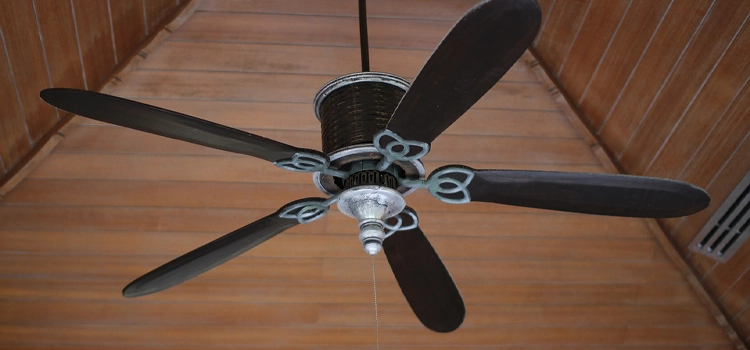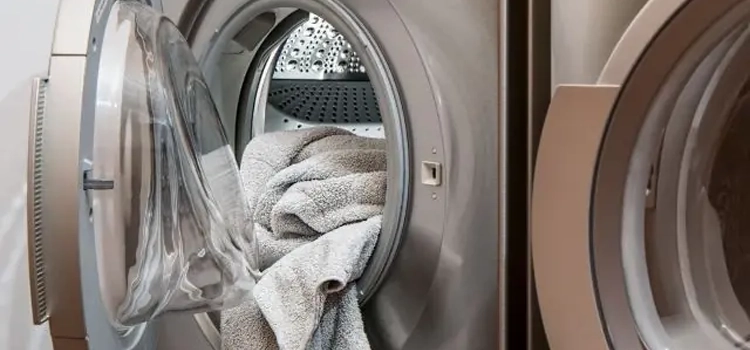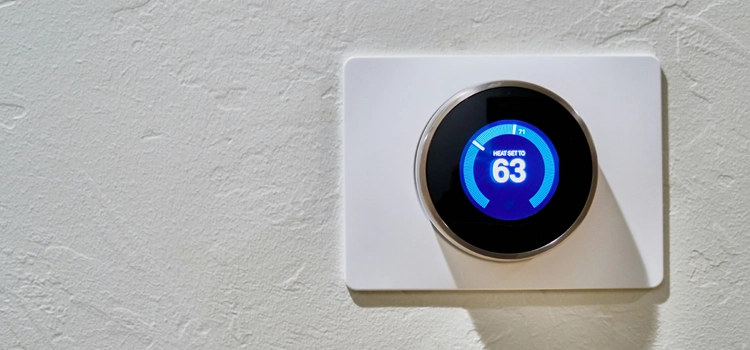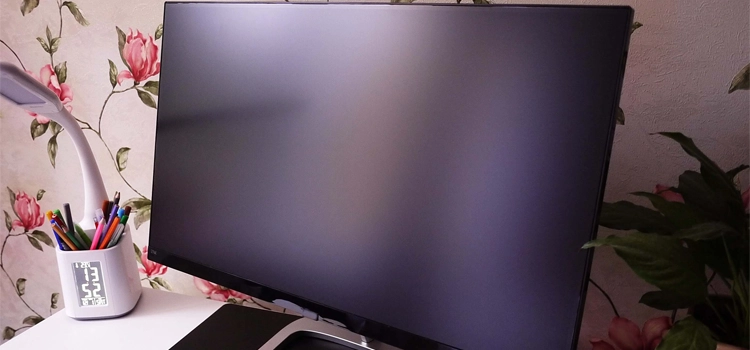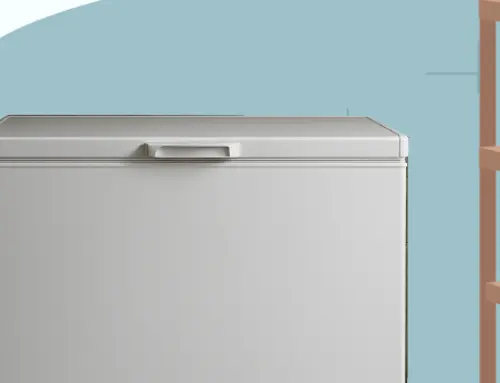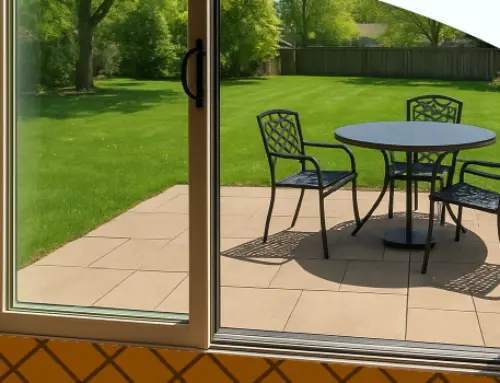Energy Saving Tech for Your Home: Energy-Efficient Ceiling Fans and More
by Tyler Castle
7.6 min read
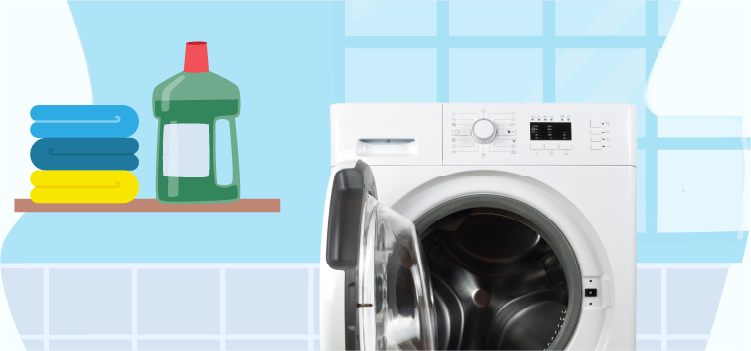
As homeowners focus more on saving energy, knowing about energy-efficient technology is crucial. According to Energy.gov, of the $2,000 the average American spends paying for energy annually, $200 to $400 could be going to waste because of the lack of energy-efficient practices and technology in a home. Can you imagine what you could save with smart technology integrated into your abode?
We’ll explore your options for energy-efficient technology for your home and give you a breakdown of their best features. Even if you’re not looking for an upgrade, we’ll share our best tips on how to save energy in your home.
Why choose energy-efficient technology for your home?
Energy-efficient technology isn’t just a trend, it’s a step in the right direction for a better planet! These technologies often come with advanced features that enhance comfort and convenience. In the same way, this smart tech could save you money on your energy bills in the long run. Investing in energy-efficient technology can increase the value of your home.
Perhaps one of the best things about integrating energy-efficient tech in your home is the ease of use. Developers specifically design this tech to be user-friendly and to make your life easier. With intuitive interfaces, automated controls, and seamless integration with existing home systems, managing your household energy consumption has never been simpler.
Ceiling fans
The use of energy-efficient ceiling fans is to cut down your reliance on your AC and HVAC system. Energy-efficient ceiling fans According to EnergyStar.gov, energy-saving ceiling fans are 60% more efficient than conventional fans.
These fans are designed to maximize airflow while consuming less power. This allows you to feel cooler and more comfortable without cranking up the air conditioning. During the colder months, many energy-efficient fans come with a reverse mode. Reverse mode helps distribute warm air evenly, improving the efficiency of your heating system.
Doors
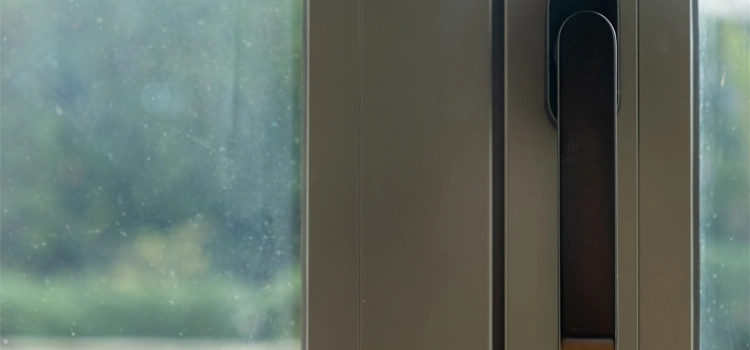
Energy efficient doors offer a multitude of benefits than just their sleek design. These doors are constructed to provide superior insulation, which helps maintain a consistent indoor temperature. Homeowners lose money from their heating and cooling costs simply by not sealing air leaks in their doors or windows. Different smart technology like energy-efficient sliding glass doors can reduce this loss.
New exterior doors fit and do a better job insulating your home than older doors. If you’re looking for energy-efficient front doors, consider their energy performance rating. Energy-efficient doors (depending on the average temperature of your location) typically fall between a 0 to 1 solar heat gain coefficient (SHGC).
Lastly, when considering energy-efficient doors, tight weatherstripping plays a part in how much energy you’ll save. Doors with insufficient weatherstripping tend to lose energy from air conditioning and heating more often. Energy-efficient doors tend to have stronger weatherstripping that can seal off air leaks and provide better insulation.
Space heaters
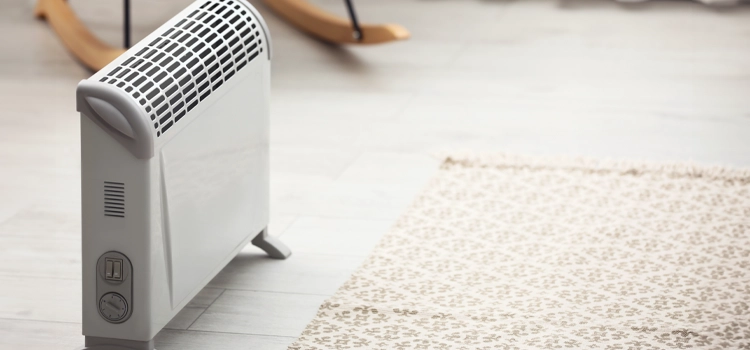
Typically, homeowners use space heaters to heat small areas of their home. Space heaters aren’t ideal for whole home heating and can lead to higher electricity costs if used frequently enough. However, energy-efficient space heaters can help supplement this cost with their many features.
Energy-efficient space heaters often use a lower amount of energy to heat a room than older models. These models can also hold the ability to connect with your smart thermostat to automatically adjust temperatures. As a bonus, some energy-efficient space heaters come with dual cooling and heating capabilities for double efficiency.
Dishwashers
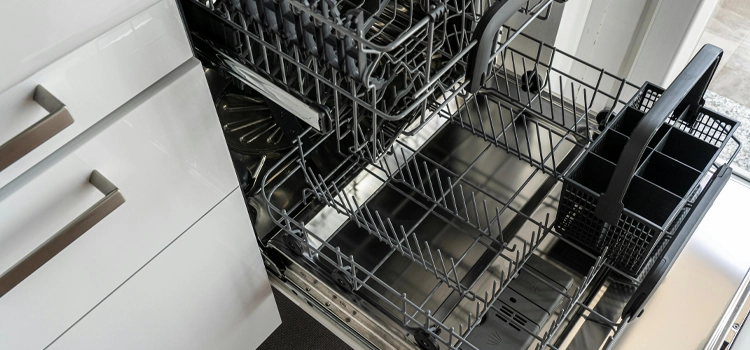
Energy-efficient dishwashers come with modes that save both energy and water. Most energy-efficient dishwashers come with Eco-Mode. This program aims to save energy by using lower wash and rinse temperatures. These dishwashers also come with water conservation features that skip the pre-rinse cycle which saves you water.
Dryers
One of the best tools an energy-efficient dryer can offer is its low heat setting. Low heat settings dry your clothes at a more energy-efficient temperature than traditional models. As another feature you might not think of, energy-efficient dryers offer a delayed start. This setting could be beneficial if you’re on a time-of-use (TOU) pricing energy plan.
HVAC systems
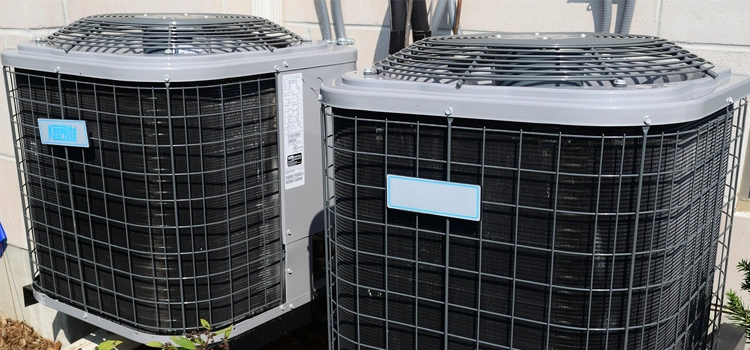
On average your typical HVAC system uses anywhere from 3,000 and 5,000 watts of power. It might not seem like a lot, but if you’re in an area where temperatures are consistently warm, your energy consumption can go through the roof. However, energy-efficient HVAC systems have variable speed technology that allows the system to adjust its speeds. This feature is particularly handy if you connect your system with a smart thermostat.
Some energy-efficient HVAC systems come with zoned heating and cooling capabilities. This allows homeowners to divide the home into separate zones allowing for personalized cooling.
Smart thermostats
Smart thermostats are an easy and great addition to your smart home for increased energy efficiency. One of the cooling features of a smart thermostat is its movement sensors. These sensors detect when there’s movement in your home and your thermostat adjusts accordingly.
Another handy feature is a smart thermostat’s ability to automatically adjust its temperature while you’re away. If you’re at work or on vacation, you can schedule a time (usually via an app) to have your thermostat warm or cool your home while you’re away.
Televisions
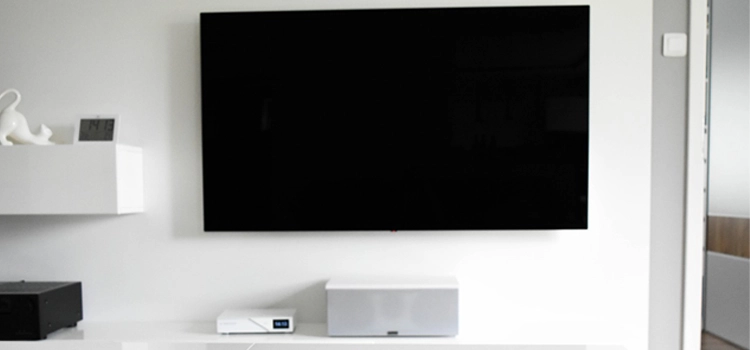
Energy-efficient TVs also come with a multitude of features that save you energy. Energy Star Certified televisions are 25% more energy efficient than conventional TV models. Most energy-efficient models come with automatic brightness adjustments to save power even at night. Some energy-efficient TV screens come with power-saving modes if you’ve fallen asleep or stepped away.
Nowadays, almost all televisions are made to be “Smart TVs” that have internet capacity and more. Choosing a smart TV over a conventional model can eliminate your need to use two devices at once! You can stream your favorite show and do a little shopping all on the same device while using the same amount of energy.
Computer monitors
Beyond automatic brightness adjustment, many energy-efficient monitors have sleep mode functionalities. This means in cases where you step away from your computer, your monitor dives into a low-power state where it uses less energy.
In the same way, computer monitors give off blue light that harms human health. Some computer monitors have blue light features that reduce the amount of light you see on the screen. And, less light means less energy is being used!
Choosing the right smart technology
If you’re ready to leap into the world of energy-efficient technology, here are a few things to consider:
- Ensure the smart device you choose is compatible with your existing smart home ecosystem.
- Consider the ease of setup and user-friendliness of the app or control interface. Is this a project you can complete on your own or will you need help?
- Research the performance and reliability of the device, including user reviews and expert opinions.
- Assess the security measures in place to protect your data and privacy.
- Evaluate potential long-term savings, such as reduced energy bills or maintenance costs.
- Choose devices that complement your home’s decor and aesthetic preferences.
- Consider whether the device allows for customization to fit your specific preferences and needs.
Tips for improved energy efficiency without smart technology
If you’re not in the market for a home upgrade right now but you’re still looking to make your home energy efficient, we’ve got you! Here are our best tips to make your home more efficient even without fancy tech:
- Seal gaps and cracks around windows, doors, and other openings.
- Replace incandescent bulbs with energy-efficient LED bulbs, which use up to 90% less energy and last longer.
- Set your thermostat to an eco-friendly and energy-efficient temperature.
- Regularly maintain your HVAC system, including cleaning or replacing filters.
- Reduce the length of showers to save hot water.
- Unplug electronics and appliances when not in use.
- Use heavy curtains or blinds to reduce heat loss in winter and block heat in summer.
- Use a clothesline or drying rack instead of a dryer if you’re able.
As the importance of energy conservation continues to grow, integrating energy-efficient technology into your home becomes essential. These technologies not only help save you energy but also enhance comfort and convenience in your home.
There's peace of mind in knowing you'll pay the same monthly supply cost amount for your electricity or natural gas supply without any uncertainty — no matter what. Santanna's Unlimited Energy option protects your bills from fluctuating supply charges no matter the changes in seasons. For over 35 years, Santanna has served customers in Illinois, Indiana, Pennsylvania, Michigan, and Ohio. Our mission is to provide innovative and cost-effective energy solutions that will help our customers achieve their energy goals.
Tyler is an experienced energy professional, having worked for Santanna Energy Services, for the past four years. He is passionate about renewable energy and believes that diversifying the energy grid is the key to a sustainable future. Tyler is dedicated to supplying consumers with the best possible energy solutions and works diligently to make sure that Santanna can deliver the highest quality service.


